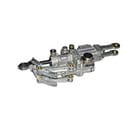
Parker Aerospace’s hydraulic servoactuator offerings include mechanical-input actuators that translate mechanical-input signals from the pilot into hydraulically powered output motion for primary and secondary flight-control-surface positioning and control.
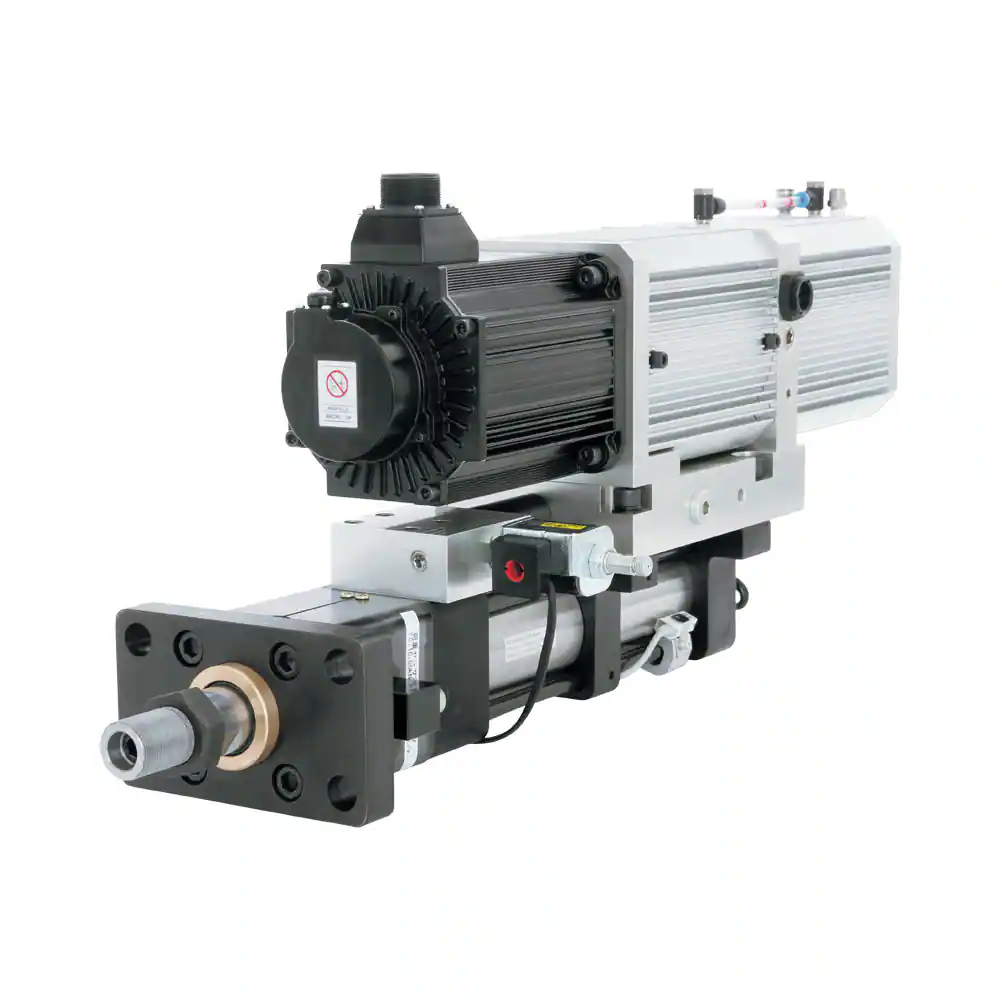
Energy-saving intelligent hydraulic actuator PQCS2 series that integrates control valves and hydraulic devices. It has a built-in load and measurement sensor. It can be operated only with a dedicated controller, electrical wiring, and parameter settings.
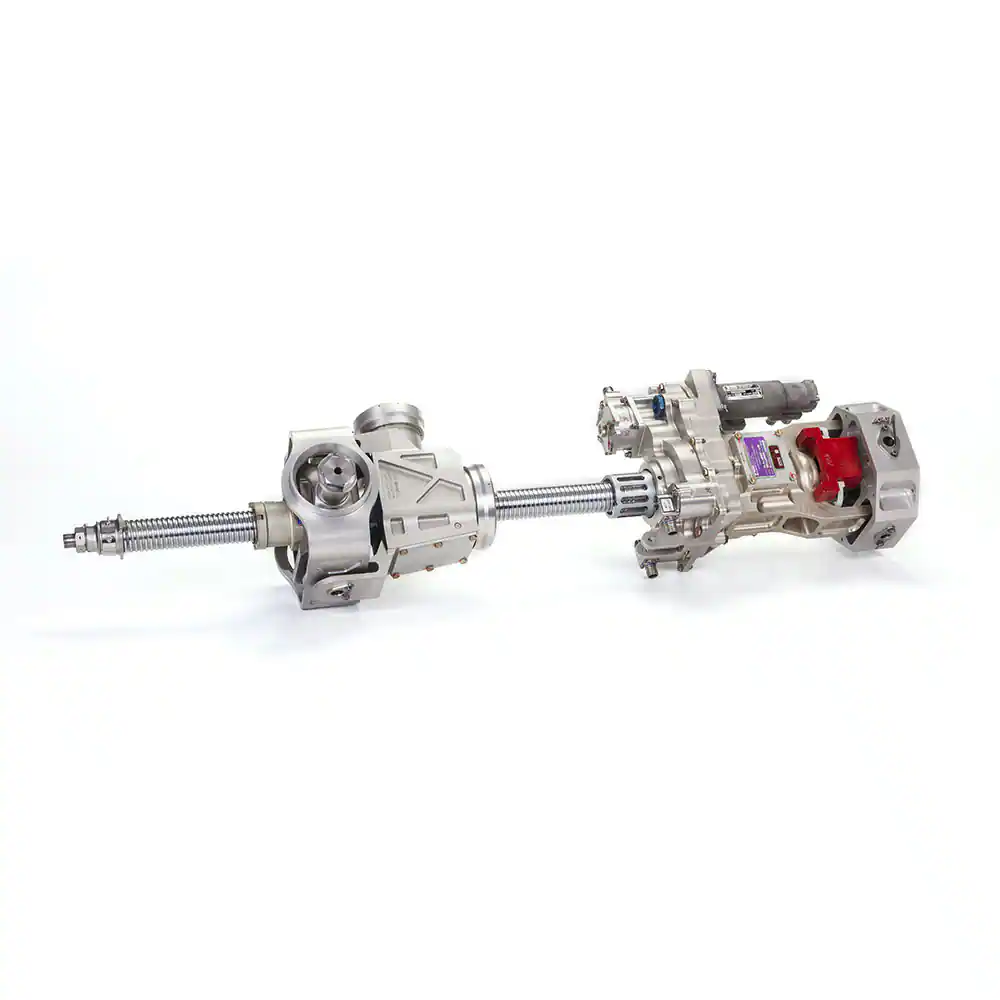
Our horizontal stabilizer trim actuators offer a safe and reliable means to control the position of the aircraft horizontal stabilizer surface to attain commanded pitch position during take-off, cruise, and landing.
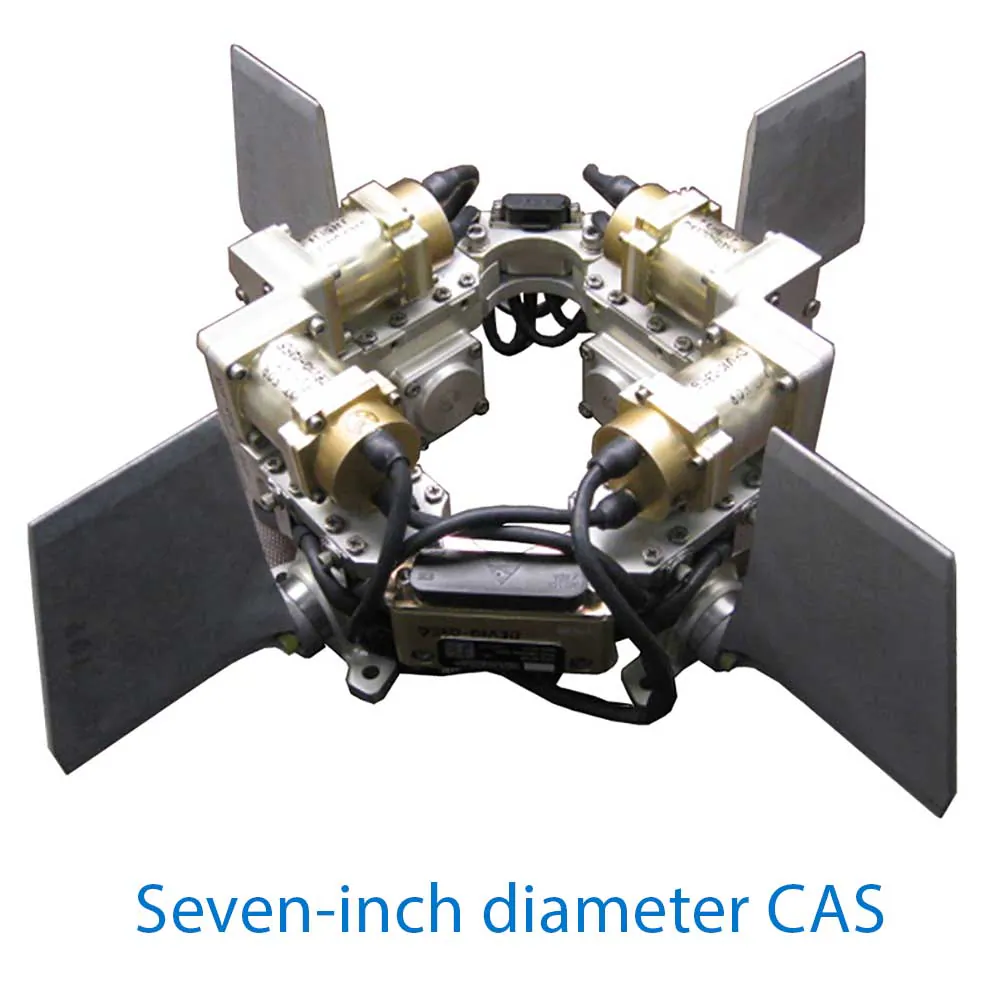
Our missile control actuation systems (CAS) precisely position control surfaces, providing flight control in response to guidance commands. Our broad CAS pedigree offers a low risk and reliable means of control with efficient power usage and packaging.
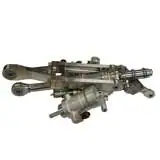
Parker Aerospace fly-by-wire primary and secondary flight control actuators have been tested, proven, and trusted in commercial and military applications for decades, providing highly reliable, fault-tolerant, and precise position-control solutions.
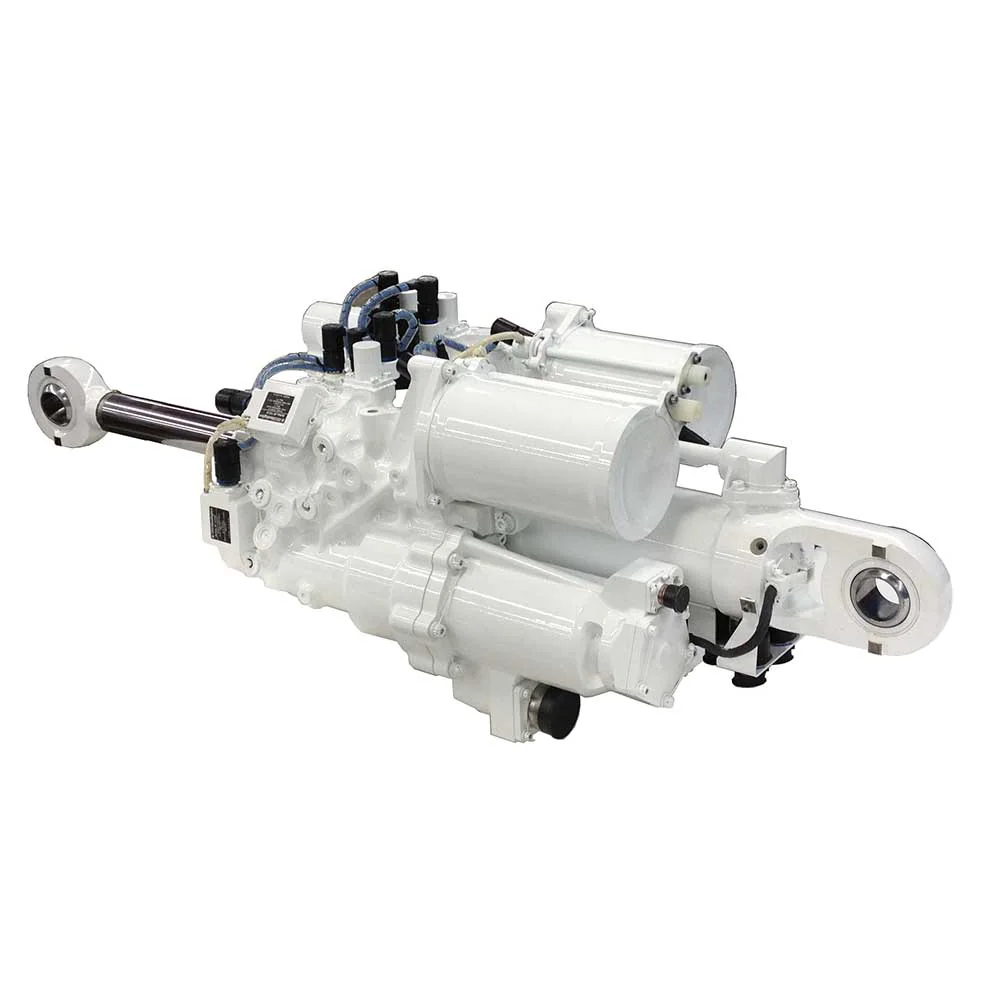
Parker Aerospace designs and manufactures electrohydrostatic actuation (EHA) systems that use electric power for aircraft flight control-surface actuation that results in reduced aircraft weight, efficient power consumption, and improved maintainability.
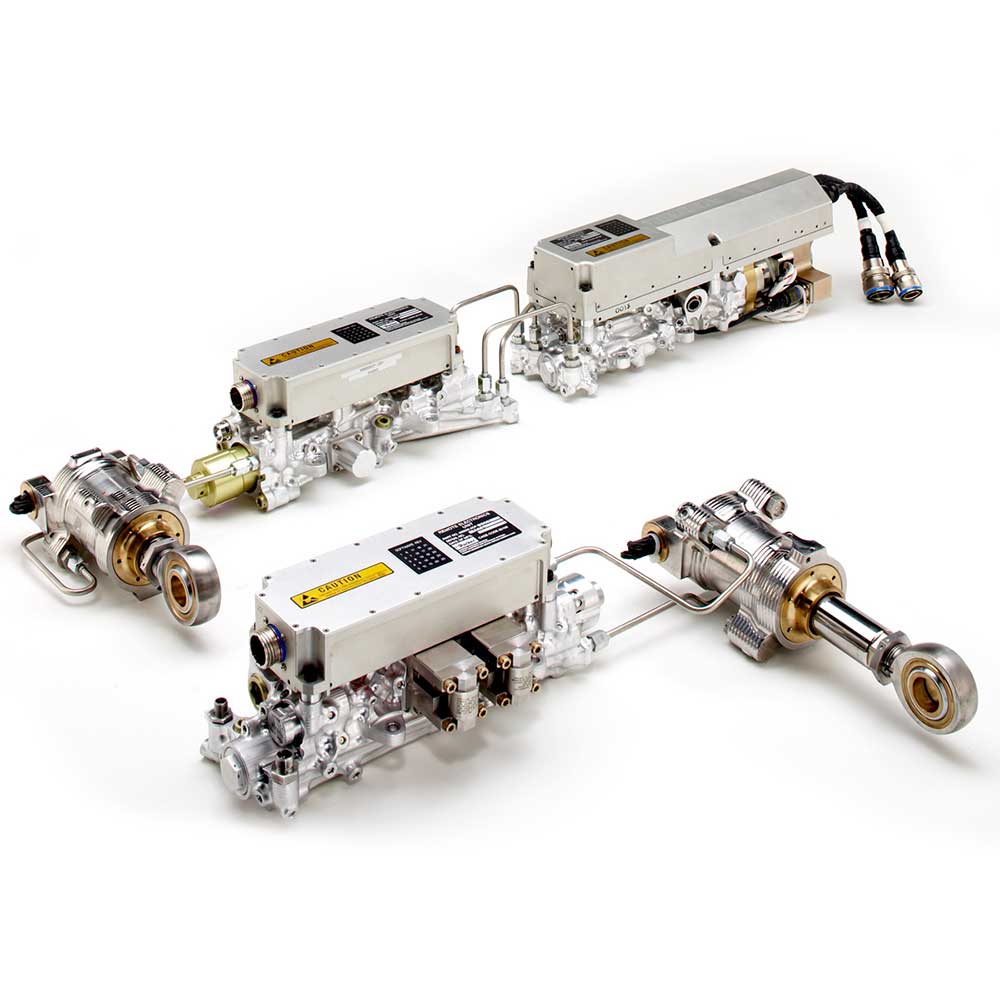
Electric backup hydraulic actuation systems operate as a conventional electrohydraulic servoactuator when normal aircraft hydraulic system is available and as an electrohydrostatic actuator upon loss of the aircraft hydraulic system.
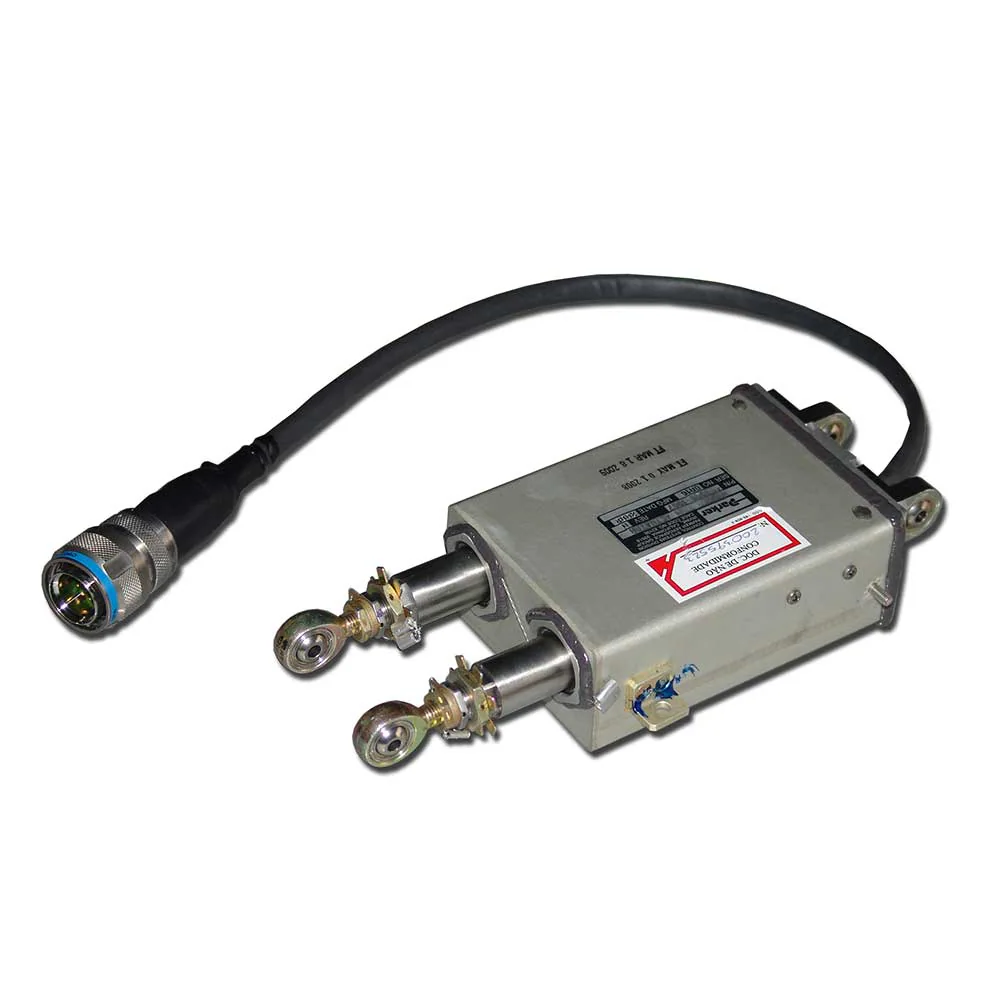
Our linear and rotary electromechanical actuators (EMAs) offer a safe and reliable means to control primary and secondary aircraft control surfaces, based on pilot or autopilot commands. Our EMAs include the latest in electronics and motor control.
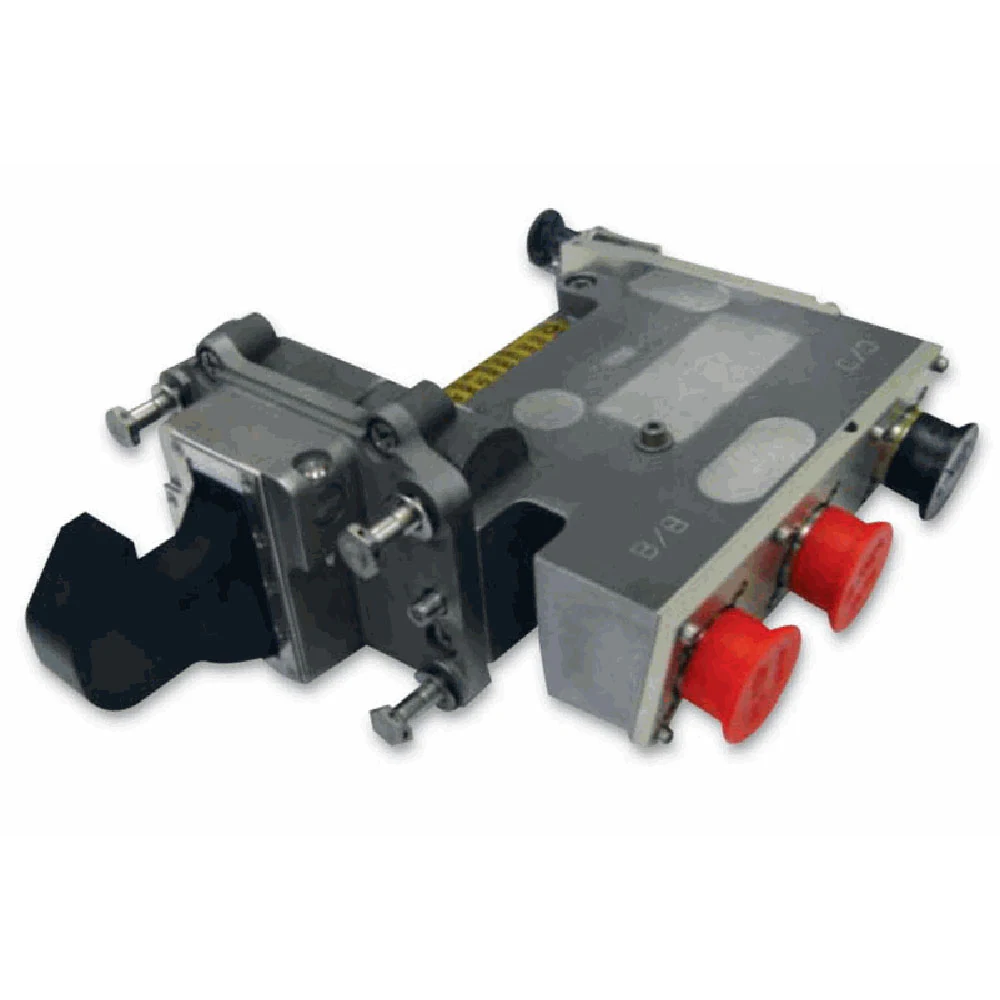
The Parker Aerospace electromechanical transcowl locking system (TLS) is designed to lock thrust reverser actuation systems out of operational mode during flight, totally independent of the hydraulic system.
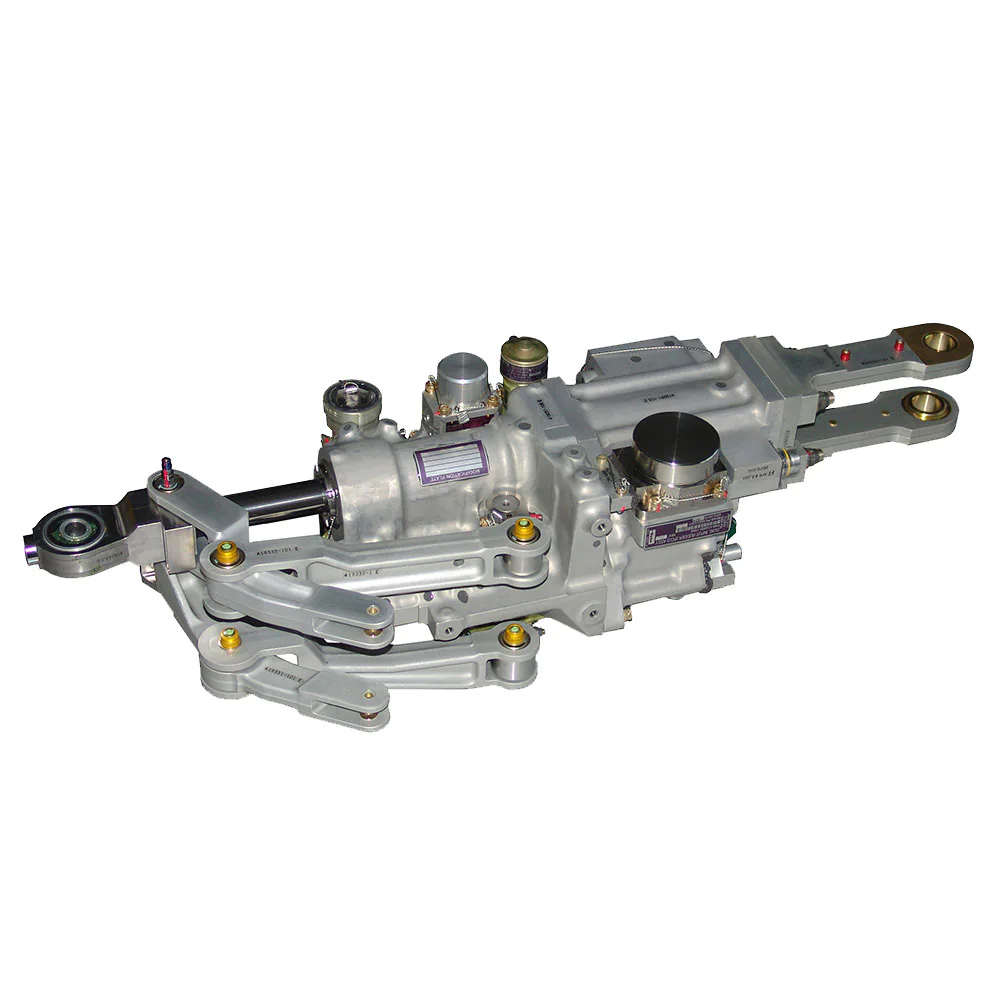
Parker’s mechanical input actuators provide a safe and reliable means of translating mechanical input signals from the pilot into hydraulically-powered output motion for primary and secondary flight control surface positioning and control.